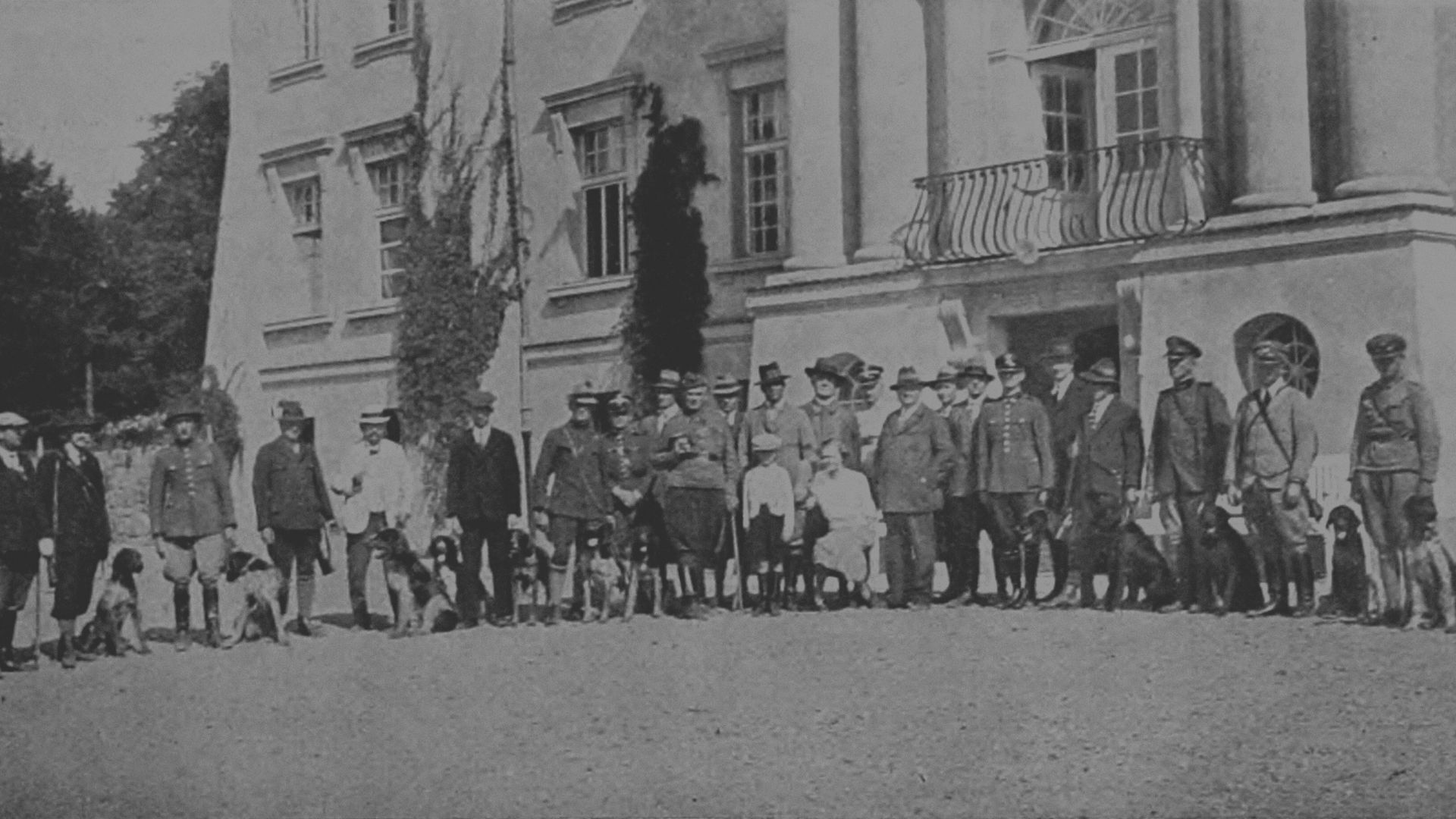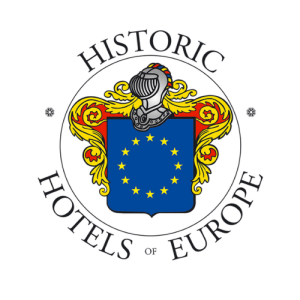1000 years of history
The origins of the family
The Komierowski family from Komierowo of the Pomian coat of arms traces its origins to the legendary ancestor of the family, the knight Sobiesław Bossuta, who came to Poland from Bohemia. Family chronicles state that he was a member of the retinue of the Bohemian princess Dobrawa, who in 965 arrived at the court of Prince Mieszko I to marry him. This knight, for his merits to the prince, received as a gift lands in Pomerania, near Gniezno and Nakło, the present-day towns of Komierowo and Włościbórz. Since then, the family continuously inhabited Komierowo for almost 1000 years, until the outbreak of World War II. Over time, the family took its surname from the name of that locality, making it the main seat of the family.
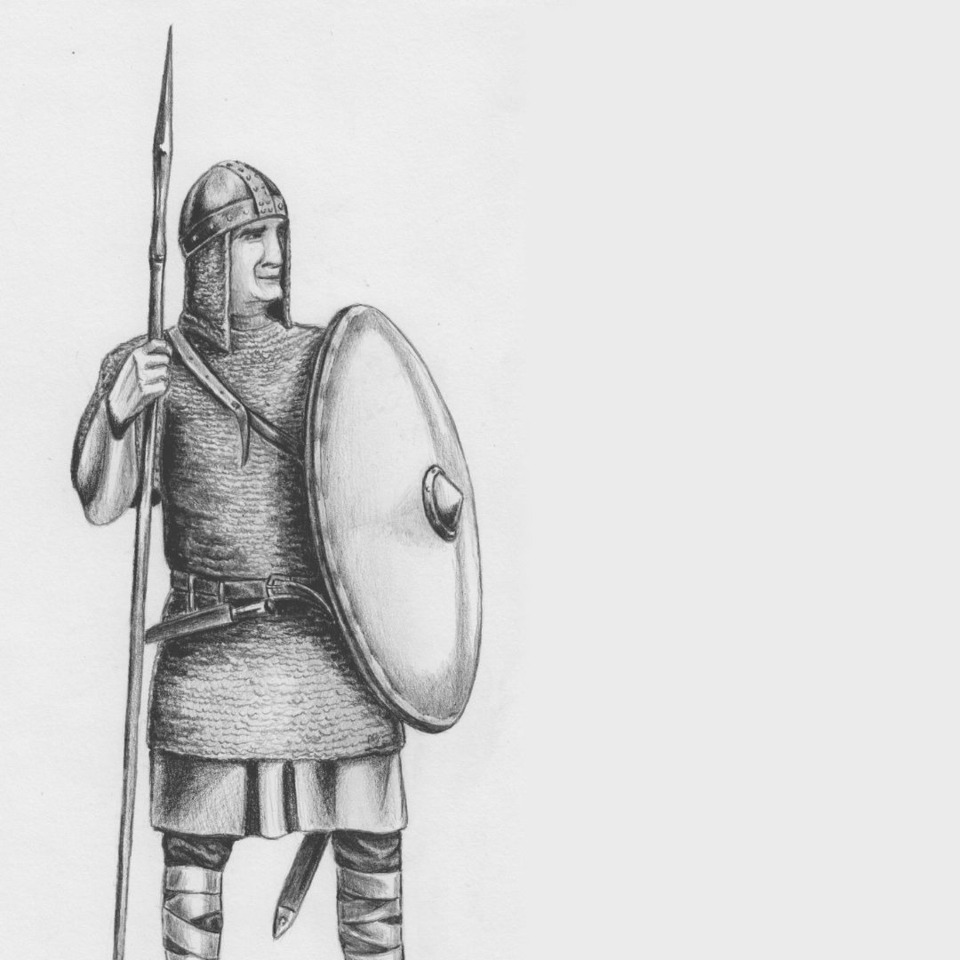
Estate in Nieżychów
Inheritance principle
Family members trace the source of the centuries-long existence in Komierowo to the unique, in Polish conditions, principle of minorat, meaning inheritance by the youngest male descendant in the family (the usual rule was majorat, inheritance by the eldest). The rest of the family had to seek means of support outside the family seat, which prevented the division and fragmentation of the estate. In this way, through purchase or marriages with neighbors, the family increased their holdings. In the hands of the Komierowski family, for a shorter or longer period, in addition to Komierowo, there remained estates such as, among others: Komierówek, Niechorz, Nieżychowo, Dąbrówka, Krojanki, Kijewo, Wola Dąbrowiecka, Włościbórz.
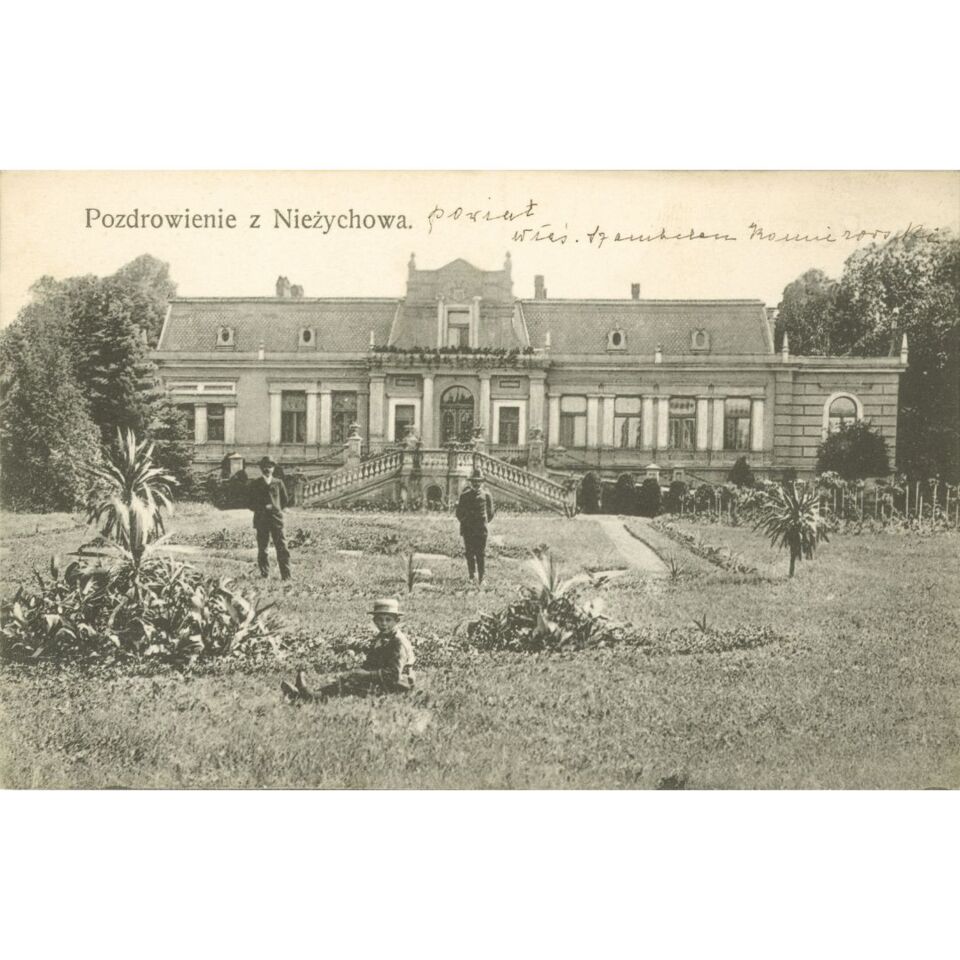
Moreover, at various periods in history, the Komierowski family settled in Lithuania and Podolia. By the same path, two family lines were distinguished in 1763: the Mazovian line, founded by Józef Komierowski (1726-1813), and the Pomeranian line with its seat in Komierowo, whose progenitor was Stanisław Komierowski (d. 1793). At the end of the 18th century, the importance of the family increased, and its members participated in the elections of kings Augustus II, Stanisław Leszczyński, and Stanisław August Poniatowski. Due to inheritance rules as well as the diverse interests of individual family members, throughout history we encounter not only landowners but also military personnel, state officials, priests, nuns, lawyers, judges, deputies, diplomats, poets, chroniclers, and thinkers. In the 18th century, Józef Komierowski, cupbearer of Inowrocław, left behind a genealogy of the family and a collection of moral and ethical reflections titled "A Father to His Children". Zofia Komierowska in the 16th century was the prioress of the Norbertine order in Strzelno. Ludwik Adam Komierowski (d. 1703) was a companion in the hussar banner and settled in Podolia.
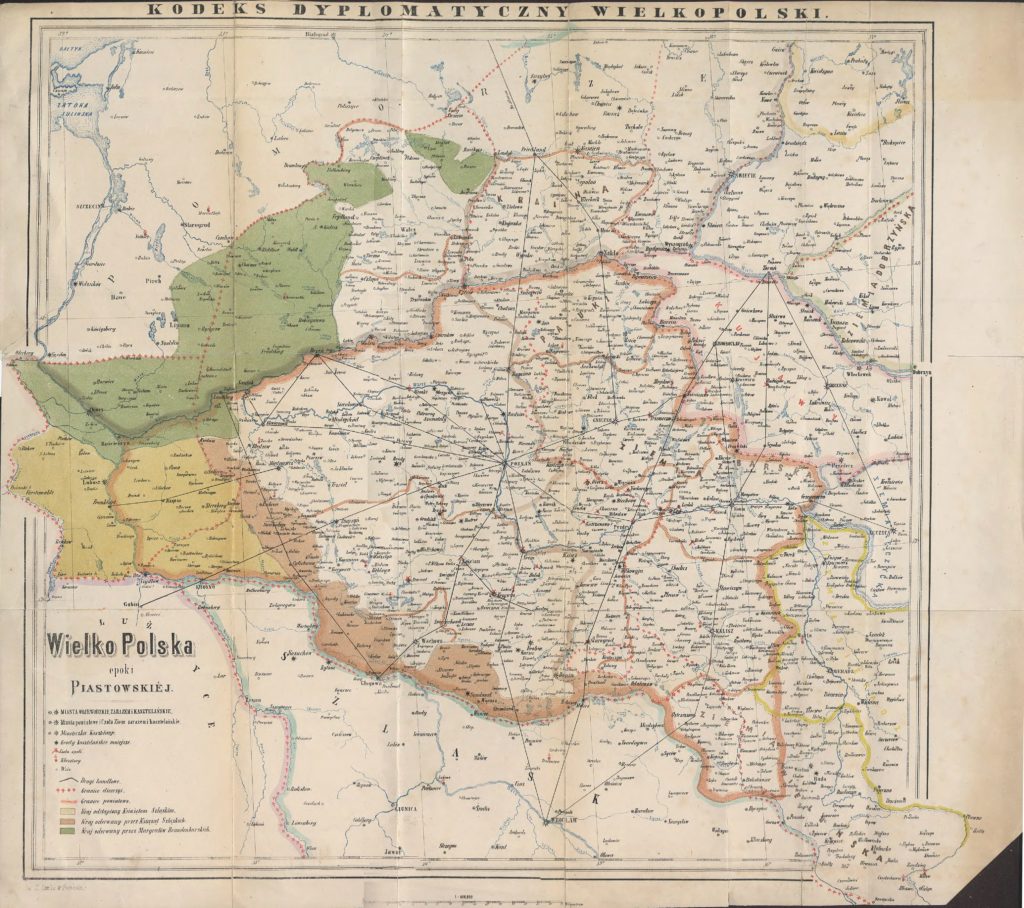
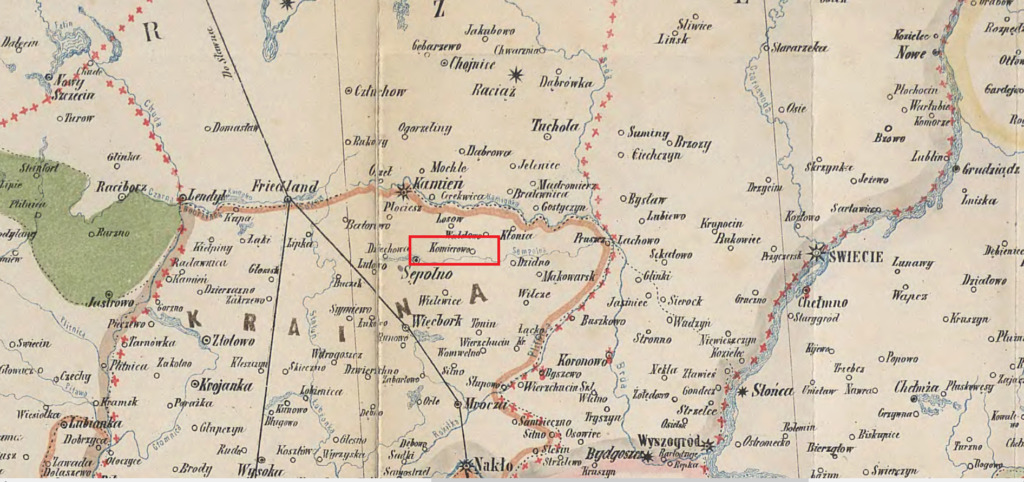
According to the opinion of Maciej Rydel, a researcher of the history of the Polish gentry, Komierowo is a settlement that remained the longest in the hands of one noble family in Poland. The family lost the estate only
during World War II, when the German troops expelled them from the Komierowo property, and after the war, it was confiscated by the Polish People's Republic authorities.
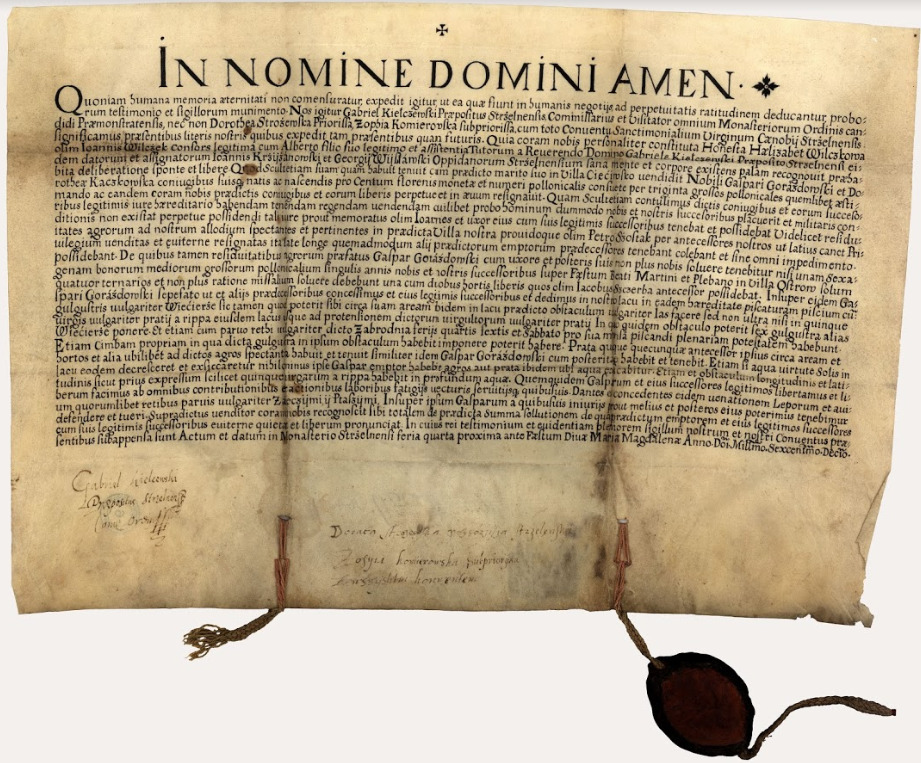
Document from 1614 – mentioned Zofia Komierowska – subprioress (subpriorissa) of the Norbertines in Strzelno
Stanisław Komierowski (d. 1793) was a participant in the Bar Confederation. In the Napoleonic wars, Jakub Komierowski distinguished himself, an extremely colorful figure, general of the Polish army, who at his own expense raised an infantry regiment and fell in 1807 fighting the Prussians near the town of Nowe, which today has a street named after him. Officer brothers Jan and Julian Komierowski from the Masovian line were knights of the Virtuti Militari cross during the November Uprising. Jan Wacław Komierowski (1850–1954), pseudonym Wacław Pomian, wrote lyrical poems, sonnets "Spring Sonata" (1897), songs for the epic poem "Hercules and Omphale" (1891), and translated books from foreign languages, including H. Heine, J.W. Goethe, and V. Hugo. He married the sister of Henryk Sienkiewicz, Aniela.
His son, Ludomir (1883–1954), a literary and music critic and diplomat in the Vatican, Rome, Milan, and Monaco during World War II organized underground resistance and was a member of the French resistance movement. He was imprisoned during the war in Italy and Berlin.
roman komierowski
Politician and patriot
during the partitions
A man of many talents. Pride of the family. An outstanding lawyer and statesman. A true patriot who for many years courageously and persistently defended the Polish cause in the parliament of the German Empire (Reichstag) and the regional Prussian parliament (Landtag), often drowned out by German deputies. A tireless social activist who supported the Polish economy, science, culture, and education. An exemplary Catholic involved in church life, for which he received an honorary papal decoration. An organism, a conscientious steward of family estates. A talented historical writer. He realized his life motto in many ways: Vivere militare est (Life is a battle), taken from Seneca the Younger. Additionally, a loving father and husband. Without a doubt, Roman Komierowski (1846–1924) deserves a monument, although he does not even have his own grave, which the Germans took care of.
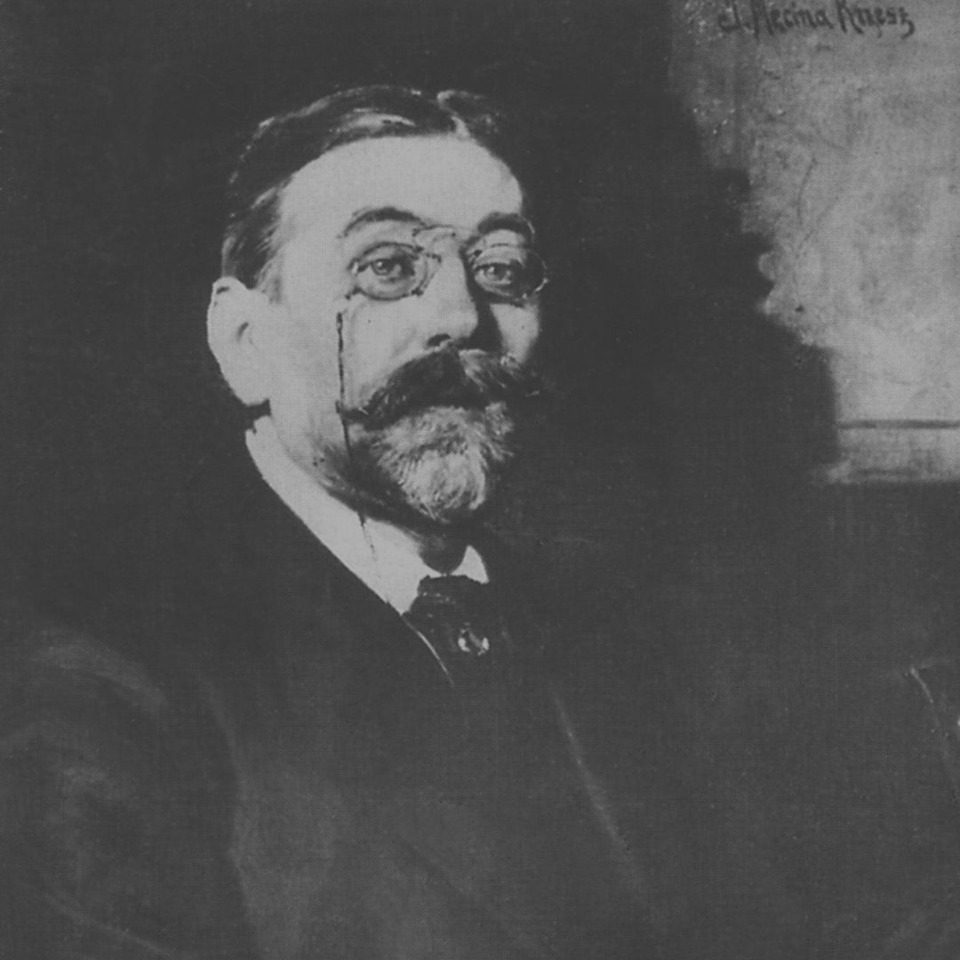
His eldest daughter, Maria Janta-Połczyńska, née Komierowska, in her memoir painted a picture of her father as a tireless advocate in the fight for Polish lands, a feat he demonstrated for 27 years as a member of parliament, a struggle that, it seemed, cost him both his fortune and his health. On May 2, 1924, he was awarded the Commander's Cross of the Order of Polonia Restituta. He died of cancer after a difficult and complex operation. He died a fulfilled man on May 24, 1924, in Poznań, at the age of 78. A funeral service was held in the local St. Joseph's Chapel, and the body of the great Pole was then interred in the vaults of the church in Komierów. At the end of World War II, his remains, like those of several dozen other family ancestors interred in that church, were destroyed by the Germans. This was a kind of revenge, years later, for Roman Komierowski's patriotic activities.
Maria Janta-Połczyńska (1880-1970), wife of Leon Janta-Połczyński, Minister of Agriculture and Forest Resources in the Second Polish Republic, became the godmother of the sailing ship "Dar Pomorza".
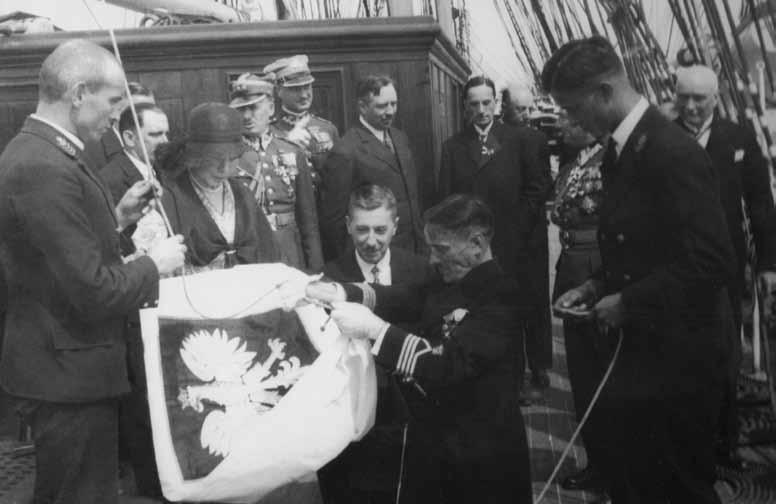
Raising the Polish flag on the sailing ship "Dar Pomorza." Wearing a hat, Maria Janta-Połczyńska, the godmother of the sailing ship. Gdynia, July 13, 1930.
World War II
Tomasz Komierowski
The last pre-war owner Tomasz Komierowski (1885-1939) rebuilt the palace into its current classical form. On the eve of the outbreak of World War II, on the evening of August 31, 1939, at the railway station in Toruń, he spoke to his son Andrzej Komierowski (1926-1994) words that testify to his extraordinary attachment to family tradition and determination to remain in the family nest: "Komierowski belongs to Komierowo and no one will move him from there".
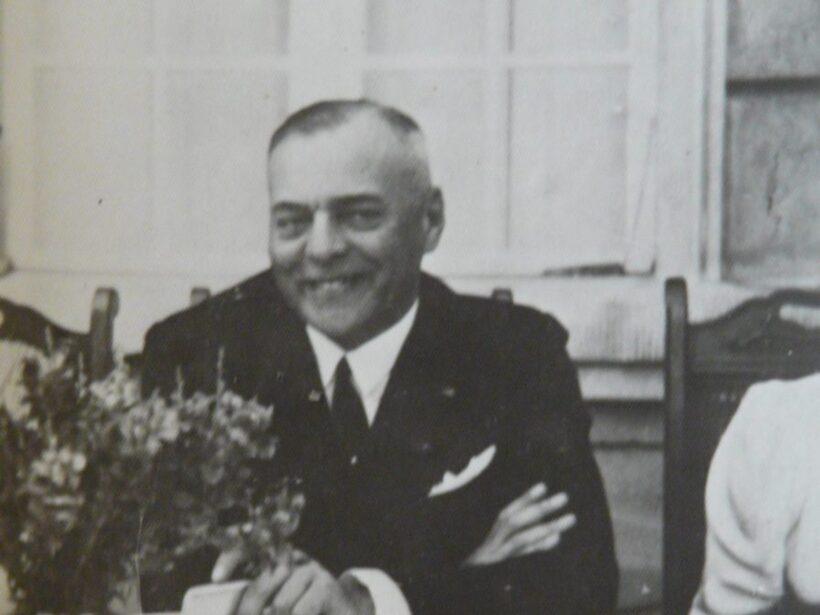
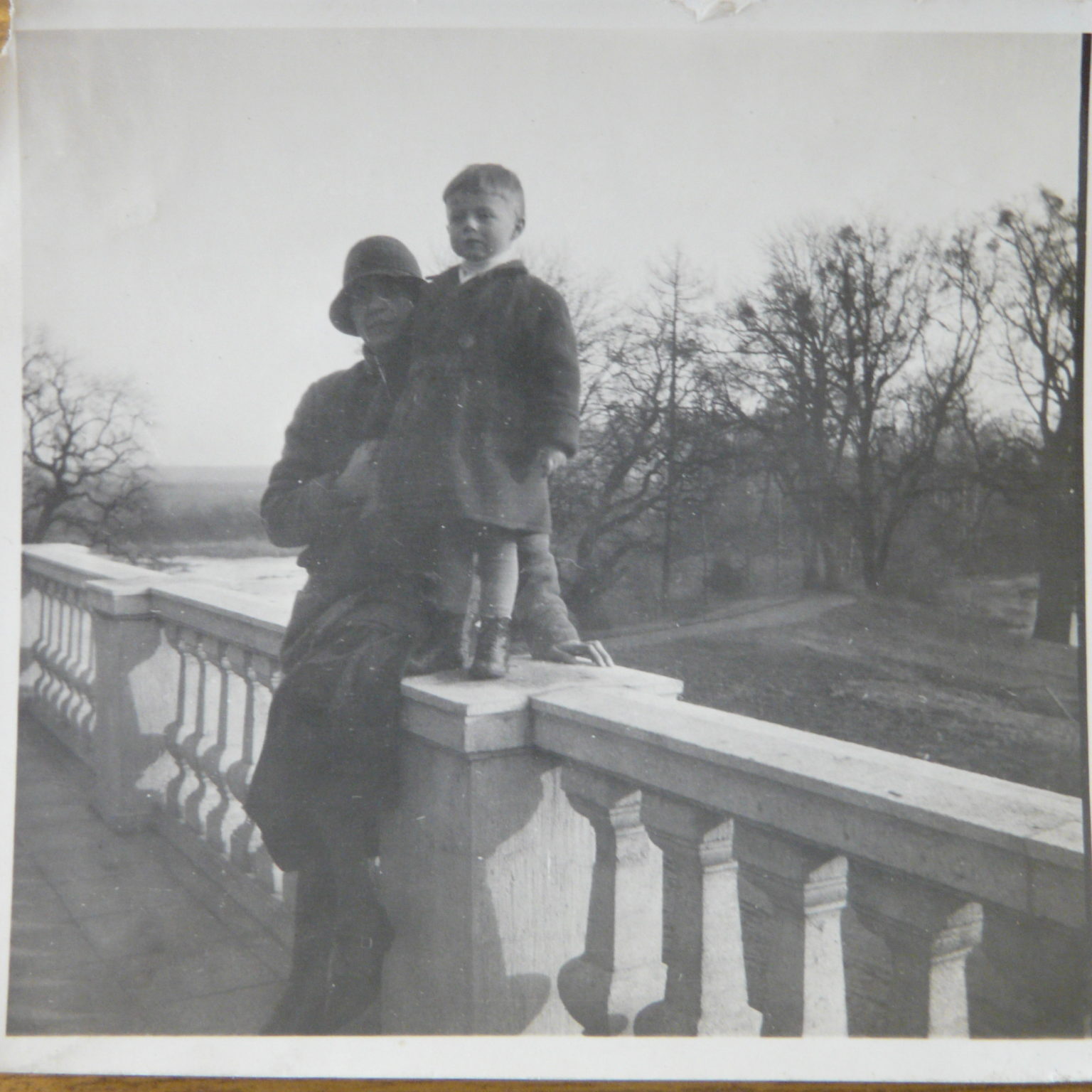
Turn of the 1820s and 1830s. Róża from the Zamoyski family Komierowska with her son Andrzej on the terrace of the palace in Komierowo
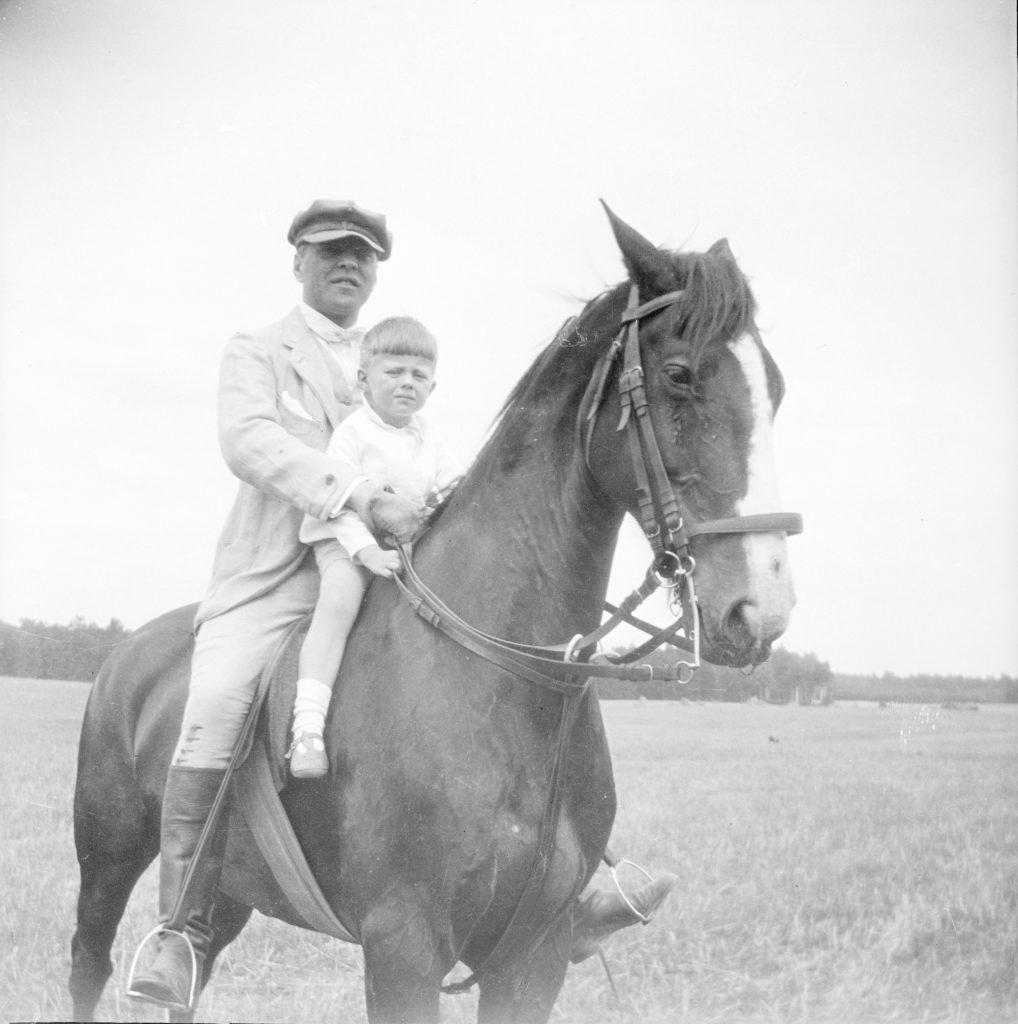
Tomasz Komierowski with his son Andrzej
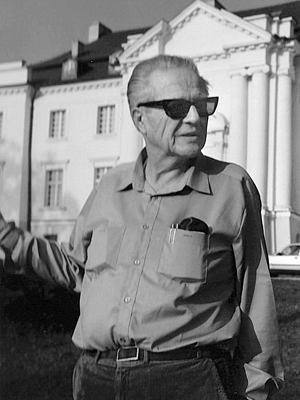
1989, Andrzej Komierowski in front of the palace in Komierowo
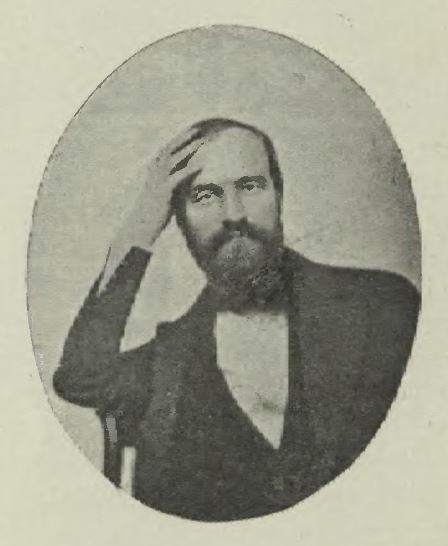
Józef Komierowski
Entrepreneur Piotr Komierowski, originating from the Masovian lineage, fulfilling the will of Andrzej Komierowski, the son of the last heir of Komierowo, after many years of battles with authorities, purchased the palace. The monument, devastated during the communist era, required a complete renovation. This task was undertaken by Piotr's daughter, Agnieszka Komierowska-Ziomek, and after six years of work, the palace in Komierowo has once again become the jewel of Krajna.
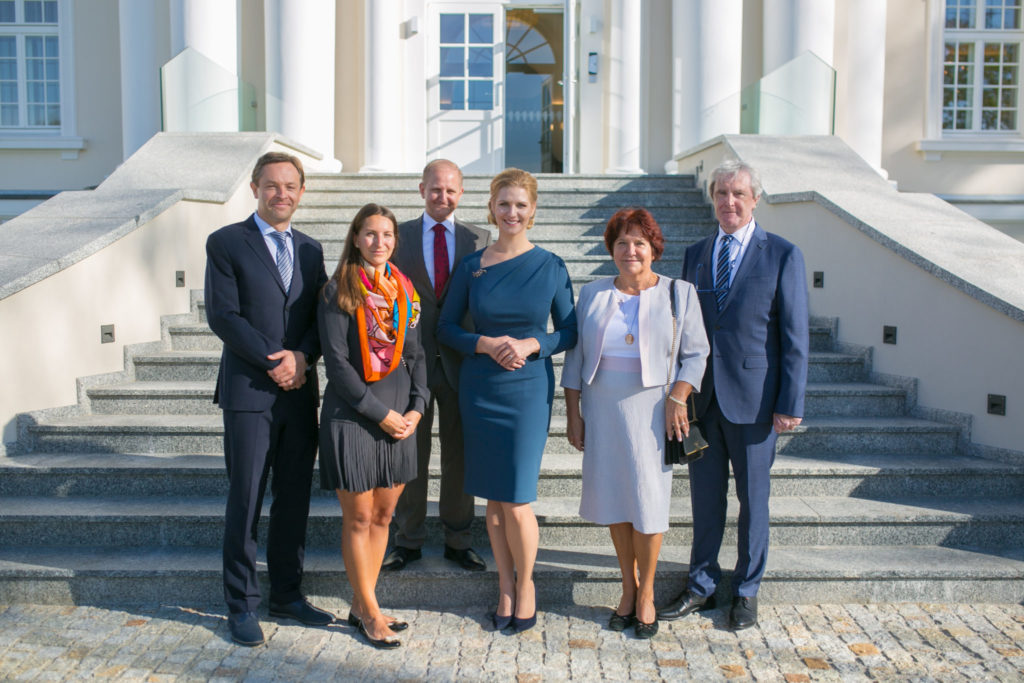
From right: Piotr and Ewa Komierowscy, Agnieszka Komierowska-Ziomek, Jan Komierowski, Anna Komierowska-Szweycer, Łukasz Komierowski

